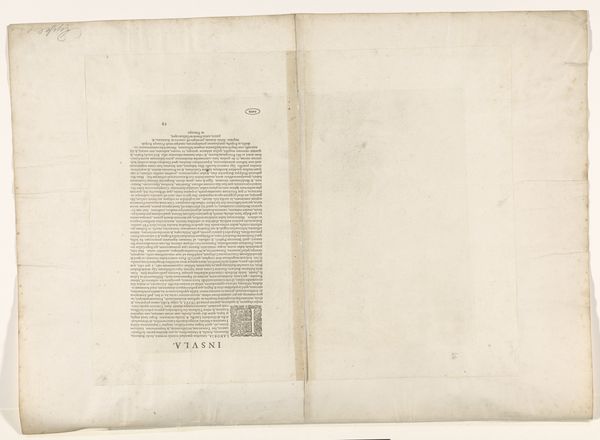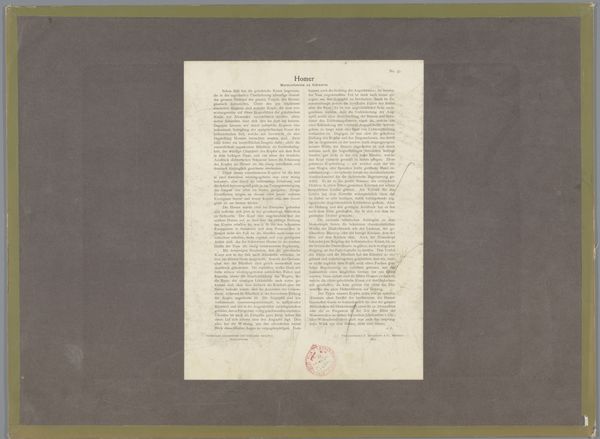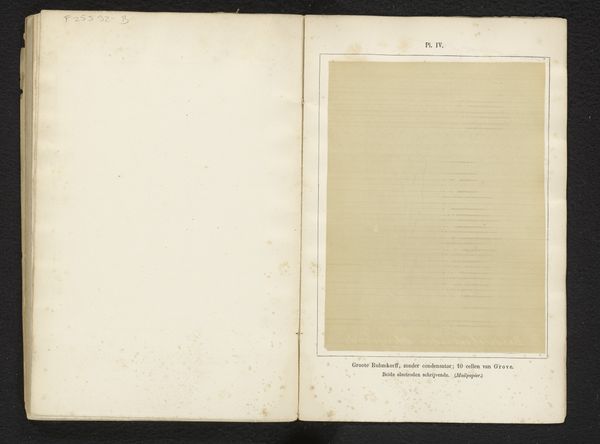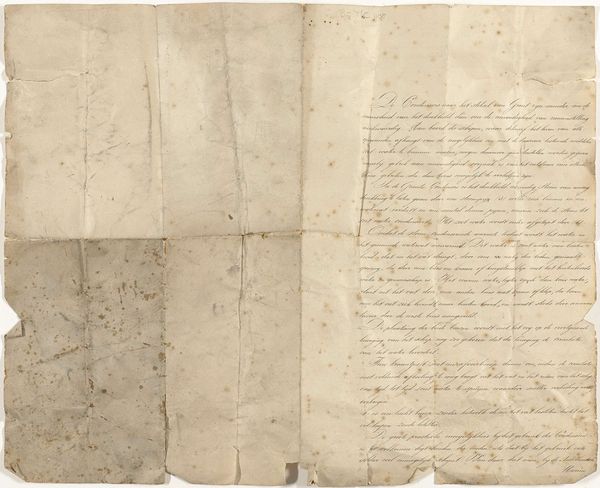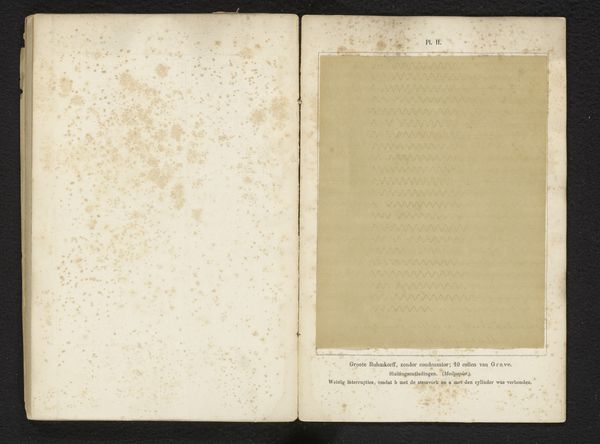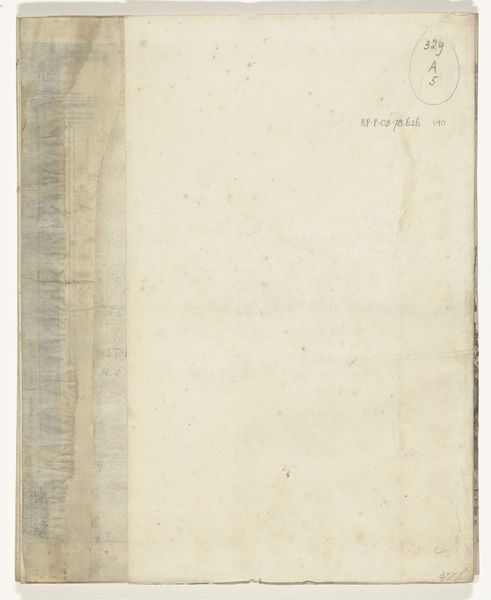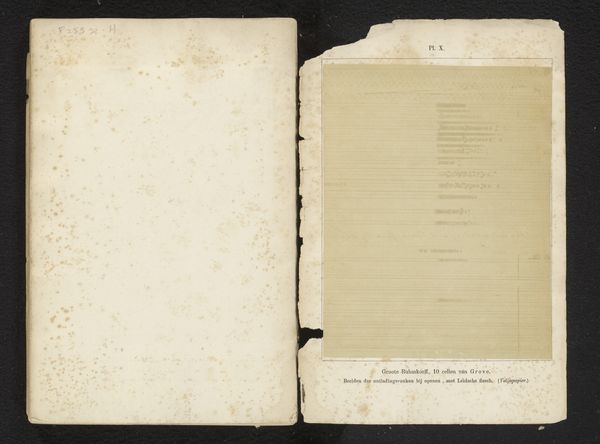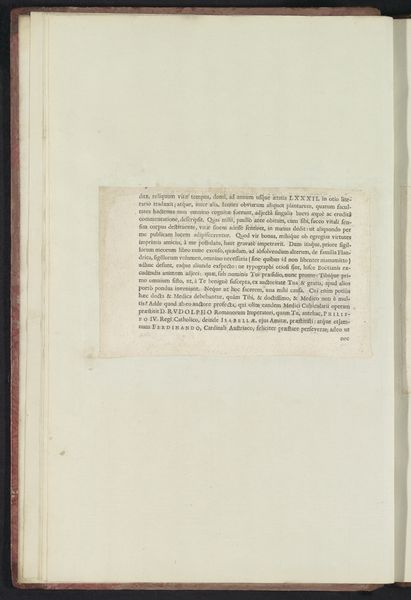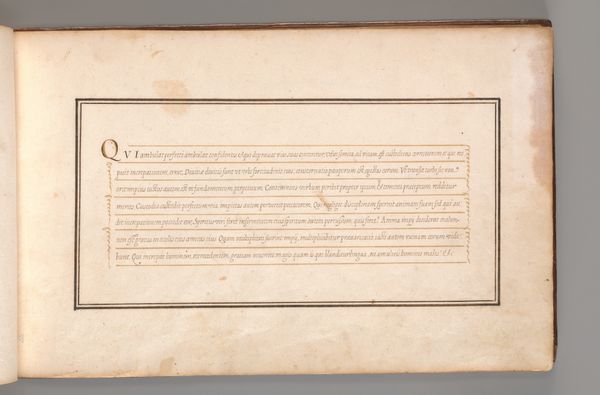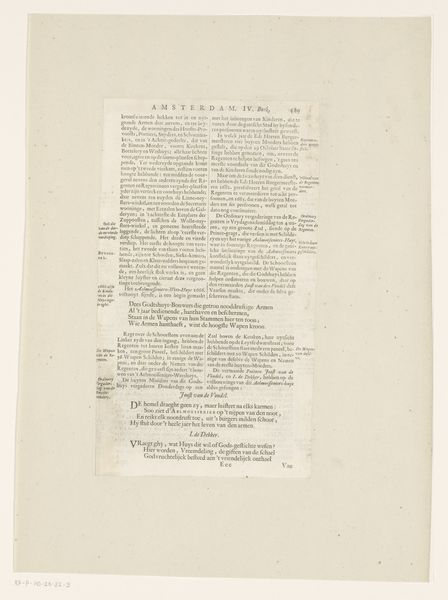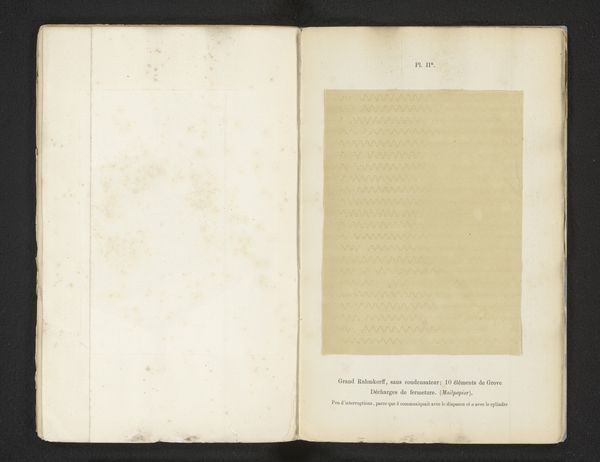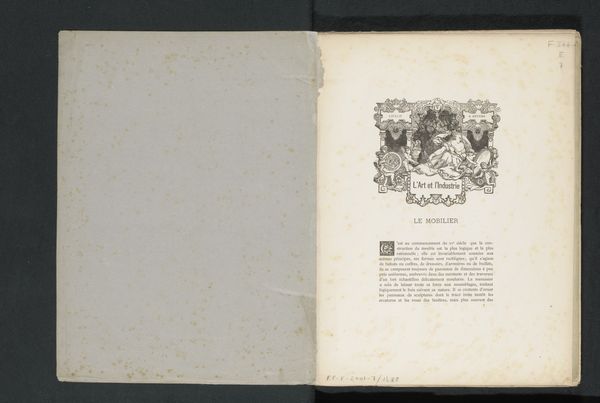
drawing, print, etching, paper
#
drawing
# print
#
etching
#
landscape
#
paper
#
11_renaissance
#
cityscape
#
northern-renaissance
Dimensions: height 426 mm, width 550 mm
Copyright: Rijks Museum: Open Domain
Editor: We’re looking at "Plattegrond van Sint-Omaars," an etching from 1588, printed on paper. It's by an anonymous artist, a Northern Renaissance cityscape. There is something quite bureaucratic in the contrast between detailed lettering and a huge empty frame. What are your initial thoughts on the image, particularly concerning its historical implications? Curator: The printing press had profound socio-political consequences, shaping and enabling public knowledge of landscapes and urbanism in this way. Etchings like this allowed for mass dissemination of information, impacting trade, military strategy, and even civic pride. Where do you see the tension arising between form and function? Editor: I think the long blocks of written text next to the unfulfilled empty side panel create this contrast. It emphasizes how printed material could inform city planning through design, in theory and practice, yet they could fall short when implemented. It really demonstrates the constraints of print as a means of distribution in shaping society. Would you agree? Curator: Precisely. The visual impact of such prints influenced how people perceived and interacted with their environments, standardizing urban development and even colonization. How might this impact national and civic identity, for example? Editor: Thinking about that empty frame now, I wonder if it symbolizes ambitions or opportunities, in comparison to the fully articulated vision through print displayed on the other side of the paper. I hadn't thought of these types of cityscapes having that political implication. Curator: The "Plattegrond van Sint-Omaars," serves as a powerful illustration of how art and technology intertwined to shape cultural perspectives, political identities and territorial understandings in early modern Europe.
Comments
No comments
Be the first to comment and join the conversation on the ultimate creative platform.
